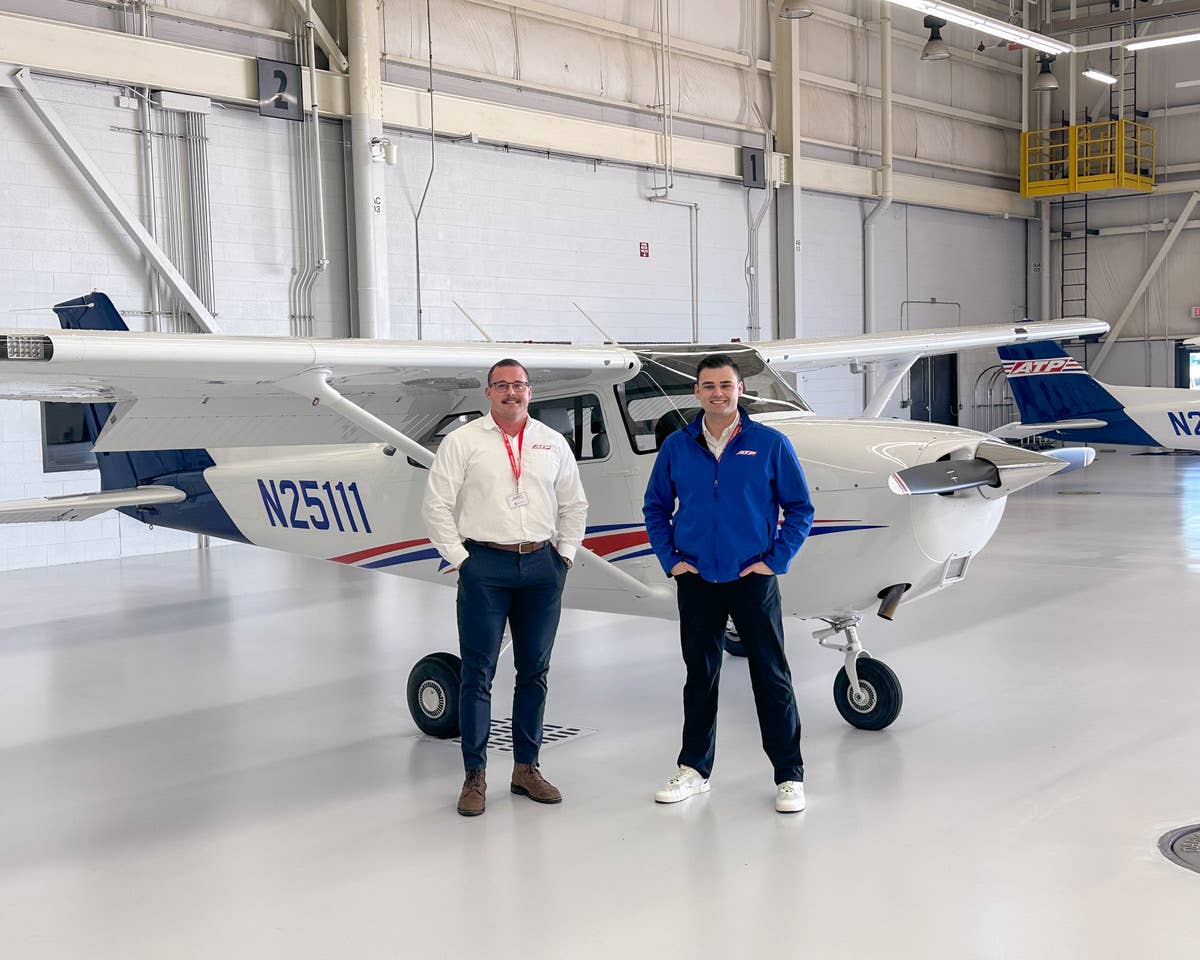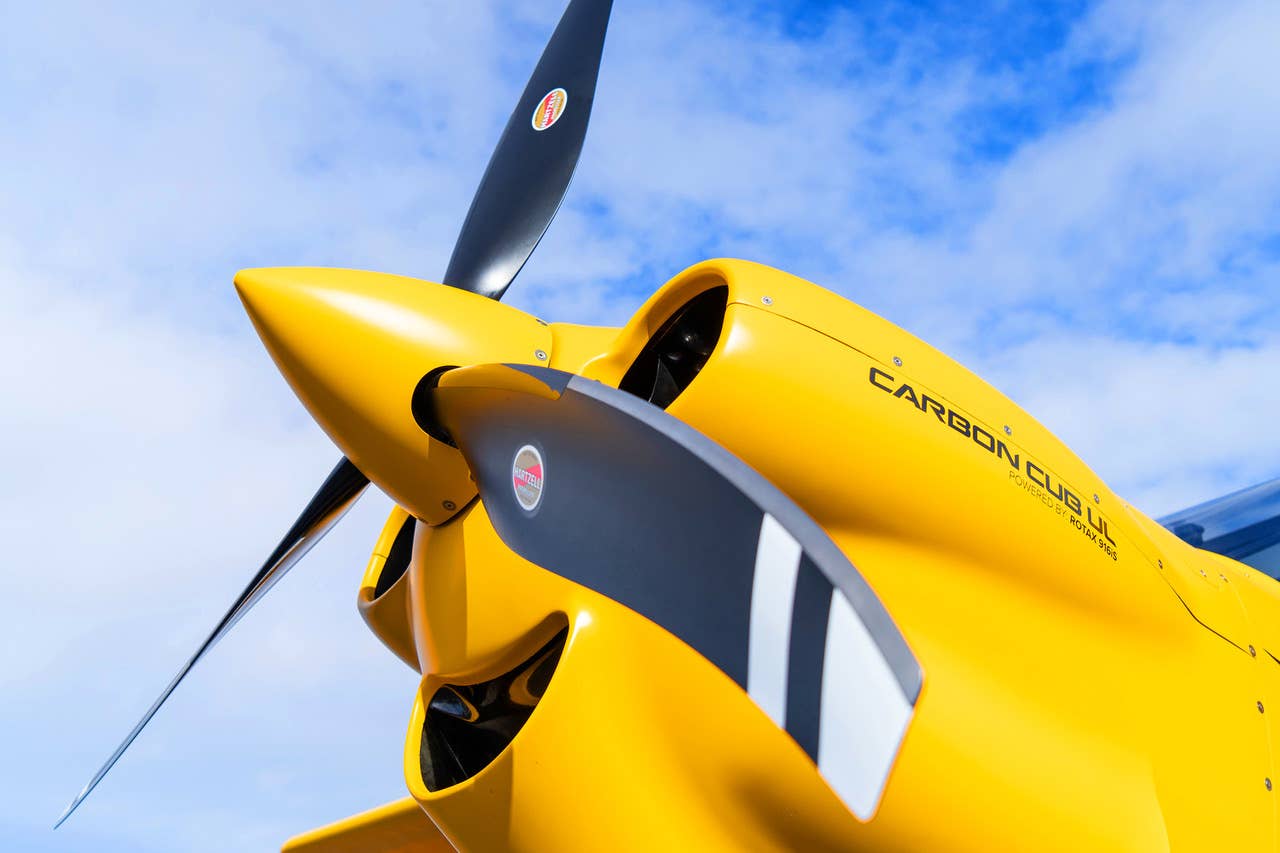New York City Helicopter Crash Update: Pilot Shouldn’t Have Been Flying
New information raises serious questions about the flight and its pilot’s qualifications.
Investigators of the fatal New York City helicopter crash apparently are rapidly moving to a new theory of the crash. The pilot of the Agusta AE109E, Tim McCormack, who died in the crash atop a Midtown building, wasn't qualified for the flight and that the mission was likely inside a Presidential TFR (no-fly zone) in Midtown Manhattan. The crash took place close to the Trump Tower, which has a longstanding flight restriction associated with it.
The FAA is suggesting to reporters that the flight might have been conducted in instrument meteorological conditions (IMC) with low clouds and a rainstorm. Flying on instruments is not legal at the low altitude and over the heavily populated area the helicopter was flying over. Moreover, the FAA is now saying that the pilot was not in contact with ATC on the flight, which was a repositioning flight to New Jersey after the pilot dropped off a passenger at an East River heliport and while he was traversing Manhattan.
The story got even more alarming when the FAA revealed that McCormack was not instrument rated, something that is legally required for pilots flying in IMC.
The NTSB and FAA are continuing to investigate the accident.

Subscribe to Our Newsletter
Get the latest Plane & Pilot Magazine stories delivered directly to your inbox






